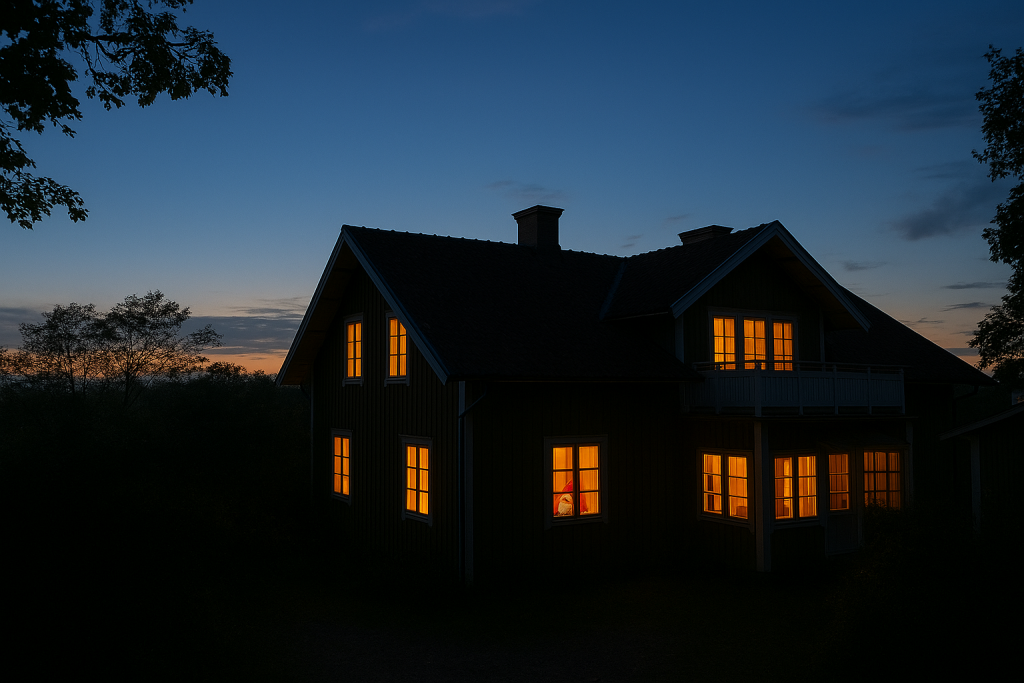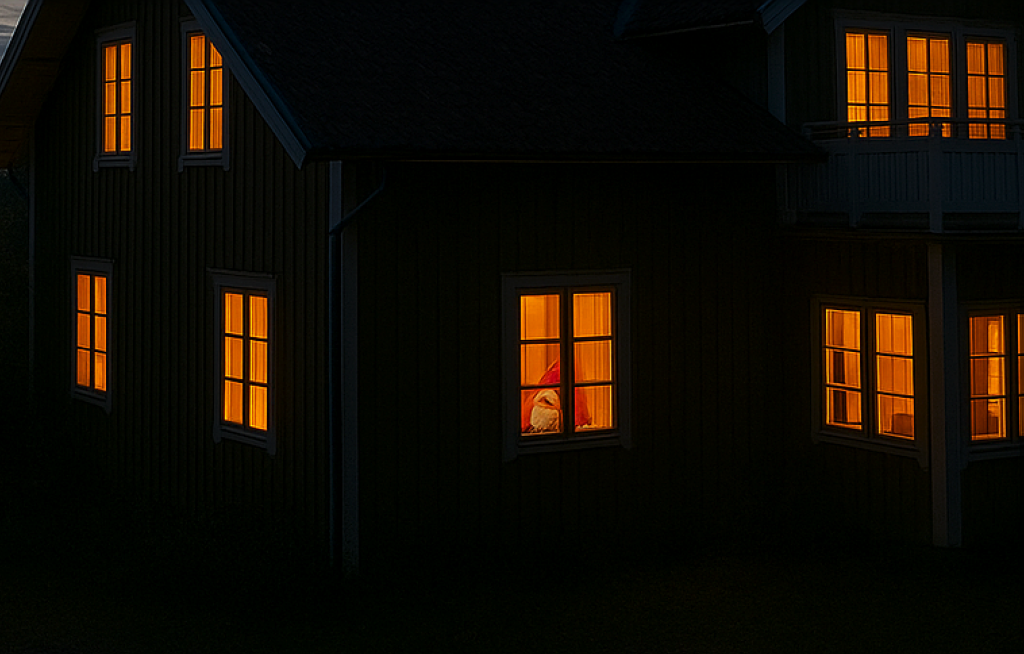Contents
This Page
This page is intended to provide more complementary information to the ones “already in the know”.
I.e. more specific details including actual location and such is kept to especially invited guests alone. After all, it is intended as a retreat and sanctuary, a place not to be disturbed by paparazzo or other disturbing people, events, communications, and so forth.
More to come.
 🇺🇸 Information about and around BRS | 🇸🇪 Information om och runtomkring BRS
🇺🇸 Information about and around BRS | 🇸🇪 Information om och runtomkring BRS
Berga Retreat & Sanctuary™
🇺🇸 A collective for the future (?) 🇸🇪 Ett kollektiv för framtiden (?)
(¿) 🇪🇸 Un colectivo para el futuro – por favor contáctenos para más información (?)
Locations
- Sweden and Nordic Countries (‘SVN’) – jandp.biz/travel/svn/
- Trosa – Vagnhärad – Västerljung – jandp.biz/travel/svn/trosa/
- 🇺🇸 Södermanland / 🇸🇪 Södermanland
- 🇺🇸 Archipelagos / 🇸🇪 Skärgårdar –
Mindfullness
- Retreat & Sanctuary – related
- Happiness – related: World Happiness Report, incl. Why Finland #1 – jandp.biz/life/whr/
- (Regarding Collective S (Sweden, #4 happiest 2025), Collective A (Åland-Finland, #1 happiest 2025))
Intergenerational living
More specific for BRS:
- For the ones really in the know, think Märrgård. (And in that case, Greatest Generation + Baby Boomers, as adults)
- BRS, think Silent Generation + Baby Boomers + Generation X, as adults
| Generation | Years | Internal notes | Märrgård | BRS |
| Zoomers/ Gen. Z | 1997-2012 | Jos, St+El, N (“kusinerna”) | ||
| Millenials/Gen. Y | 1981-1996 | |||
| Generation X | 1965-1980 | j&P, D+P+T (“syskonen”, 3 av 4) | √ | |
| Baby Boomers | 1946-1964 | J&p (“syskonen”, 1 av 4) | √ | √ |
| Silent Generation | 1928-1945 | CJ&M | √ | |
| Greatest Generation | 1901-1927 | mormor, morfar, farmor, farfar | √ |
en.wikipedia.org/wiki/Generation#List_of_social_generations, graphic: en.wikipedia.org/wiki/Generation#/media/File:Generation_timeline.svg
More scientific:
-
- Multigenerational households (or multi-generational living)
- Intergenerational living
- These terms are used in research, real estate, and social discussions to describe the specific living situation of several generations under one roof. Organizations like Generations United and the Pew Research Center provide resources and data on this topic using these full terms.“
“Fusion XMAS”
First, what fusion means in more general terms:
Fusion is the process where two or more light atomic nuclei combine to form a single heavier nucleus, releasing a massive amount of energy in the process. This is the same reaction that powers the sun and stars. The lost mass is converted into energy according to Einstein’s equation, E = mc2, “E equals m c squared”.
“Fusion XMAS”, by J&P:
The combination of two more light-weight – by themselves – Christmas celebrations, Swedens and USAs, to form a new level of Christmas-season activities more rarely seen in Sweden or USA.


“Svensk tomte” translates to “Swedish tomte“, which can mean either a mythological household spirit or the Swedish version of Santa Claus. The original tomte is a gnome-like creature from folklore who lives on a farm, protects the animals and household, and is rewarded with a bowl of rice porridge with butter. The modern interpretation, called Jultomten, is a Santa Claus-like figure who delivers presents on Christmas Eve.
Traditional tomte
- Role: A guardian of the farm and its animals, especially horses.
- Appearance: A small, elderly man with a white beard, often wearing grey robes and a red hat, though sometimes he is invisible.
- Behavior: He is helpful and diligent but can be mischievous or angry if he is not respected or if the farm animals are not well-treated.
- Reward: A yearly offering of julgröt (Christmas porridge) with a pat of butter, typically left out on Christmas Eve.
- Role: The figure who delivers Christmas presents, similar to Santa Claus.
- Behavior: Often depicted as a friendly, adult-sized man who appears on Christmas Eve to give gifts.
- Origin: This modern image grew in the 19th century and is partly an adaptation from international Santa Claus figures.
- Connection to traditional tomte: The modern figure took on some of the traditional tomte’s characteristics, including the fondness for porridge, but is now often seen as a separate character who lives in the forest instead of on a farm.